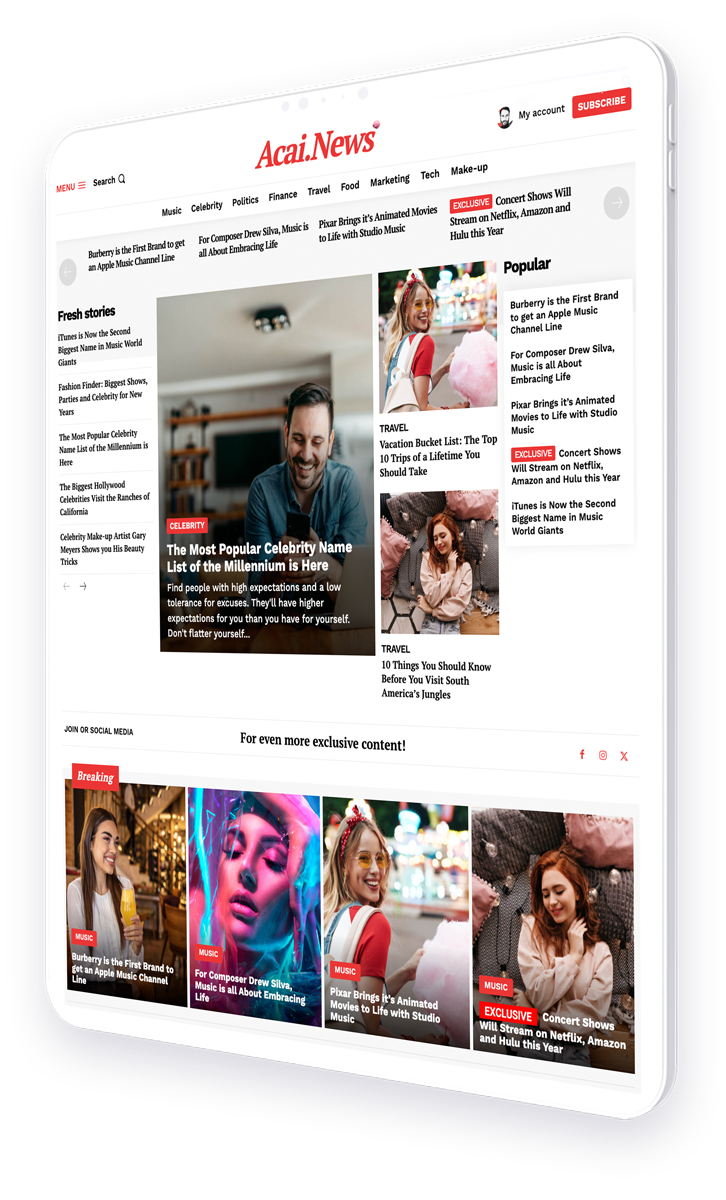Explore How Dynamic Publishing Outperforms Static Lead Magnets in Driving Long-Term Engagement and Conversions
In the rapidly evolving digital marketplace, the methods to attract and retain customer attention are continually changing. Traditional static lead magnets like eBooks and white papers are no longer as effective as they once were. The modern consumer expects more tailored and interactive content. Here, we delve into why dynamic publishing is becoming essential for businesses looking to outperform competitors and significantly boost their lead generation efforts.
- Understanding Lead Magnets
- Advantages of Dynamic Publishing
- Case Studies
- Implementing Dynamic Strategies
- Conclusion
Understanding Lead Magnets
Lead magnets are tools that marketers use to generate consumer interest or inquiry into products or services of a business. These typically come in the form of downloadable content such as PDFs, eBooks, or white papers. However, the static nature of these resources often means that once they are created, they rarely get updated, potentially leading to outdated information and decreased relevance over time.
Advantages of Dynamic Publishing
Unlike static lead magnets, dynamic publishing involves creating content that is continually updated or personalized based on the user’s behavior or preferences. This approach offers several advantages:
- Increased Engagement: Dynamic content can react to user interactions, providing a more engaging and interactive experience.
- Relevance: Content that adapts to current trends, news, or user data remains relevant, enhancing its value to the audience.
- Better Segmentation and Targeting: Dynamic systems allow for the segmentation of audiences and tailored content strategies, improving conversion rates through personalized experiences.
- Enhanced Data Collection: Interactive elements in dynamic content allow businesses to collect more detailed data on user preferences and behavior.
These factors not only improve user experience but also significantly boost the potential for conversions, making dynamic publishing a powerful tool in digital marketing arsenals.
Case Studies
Several businesses have successfully implemented dynamic publishing strategies, seeing substantial improvements in engagement and conversion rates. For instance, a major online retailer reported a 30% increase in click-through rates after replacing their static newsletters with personalized, dynamically generated content feeds. Another example is a tech company that saw a 50% increase in lead generation after implementing interactive, real-time content personalization on their website.
Implementing Dynamic Strategies
Transitioning from static to dynamic content can be challenging but highly rewarding. Here are some steps to get started:
- Analyze Existing Content: Determine what content can be made dynamic and identify the tools needed to create and manage this content.
- Understand Your Audience: Use data analytics to understand customer behaviors and preferences. Tailor content to meet the identified needs.
- Choose the Right Technology: Invest in robust CMS and CRM systems that support dynamic content creation and personalization.
- Test and Iterate: Continuously test different versions of your content to see what works best with your audience. Use feedback to improve content quality and relevance.
Conclusion
In conclusion, dynamic publishing offers a range of benefits over static lead magnets, primarily due to its ability to stay relevant and highly engaging over time. By adopting dynamic content strategies, businesses can not only improve their lead generation and conversion rates but also build stronger relationships with their audience. As digital technologies and consumer expectations evolve, the shift towards dynamic content appears not only beneficial but necessary for staying competitive in the digital landscape.
For more detailed insights on dynamic content strategies, visit Content Marketing Institute.




